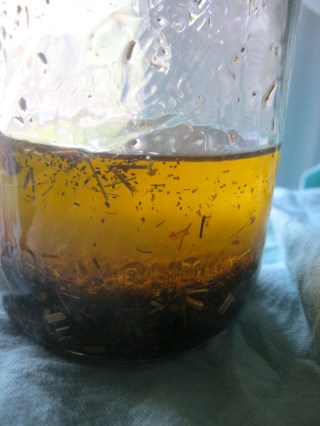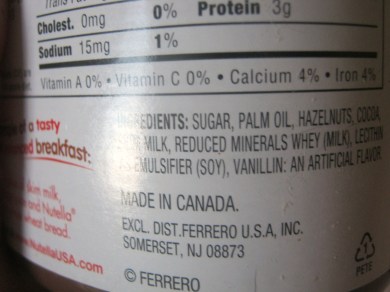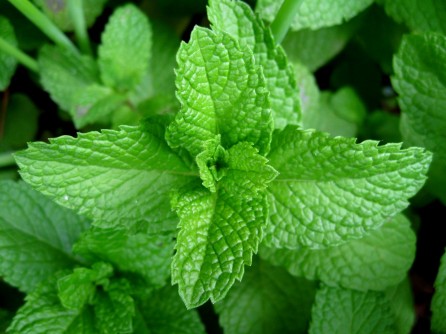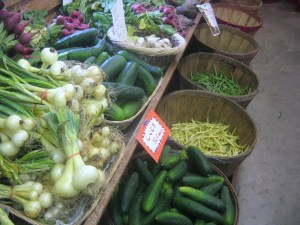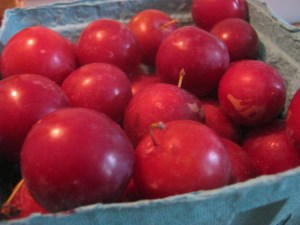
feverfew
As a teenager I began getting intense migraines. Sometimes there was a hormonal component, but overall my biggest trigger were weather changes. Now in my twenties, I still struggle with them. Basically, a migraine is a headache plus some. For me, it’s often intense sharp pain, along with sensitivity to light, and nausea or stomach aches.
A doctor mistakenly diagnosed them as stress headaches a few years ago without having a psychological evaluation (I guess he thought a 19 year old female college student would have to have anxiety issues) and he prescribed me anti-depressants. I didn’t react well to them, often feeling tired or dizzy. If I didn’t take a dose exactly 24 hours after the last one I would feel sick.
I knew I had to get off the antidepressants and find better way to handle my migraines that didn’t play with my mood. I suppose that was around the time I became more seriously interested in herbalism and holistic medicine. I weaned myself off the medication and began researching natural remedies for migraines.
Keeping hydrated, lowering stress, as well as keeping regular sleeping and eating habits help control migraines, but it’s hard to completely eliminate them.
The weather changes these past few days have me reaching for the herbs again today. I thought I would share my migraine tea recipe with you all. Fresh herbs are the best, but I usually use dried because they’re best for storing in the winter months. I use:
2 parts feverfew leaf
1 part white willow bark
2 parts peppermint
1 part lemon balm
1 part lavender bud
You can mix it as needed, combining it in your tea infuser, or you can make a big batch and keep it in a glass jar or resealable plastic bag. I premix it and use about a teaspoon at a time in my tea-infuser. Maybe a teaspoon and a half if it’s an especially bag headache. I add honey to the tea, because feverfew can be grassy and bitter, willow bark can be bitter too. The mint and lemon balm help to cover the taste while adding their own medicinal benefits.
I give it a 5-7 minute steep and make sure to squeeze the herbs to get any remaining extracts from the herbs.
A jolt of caffeine from coffee or cola can help boost the power of over the counter pain-killers as well. Hot showers and short naps can help, I’ve found. Relaxation is important, stress and muscle tension will only increase headaches.
